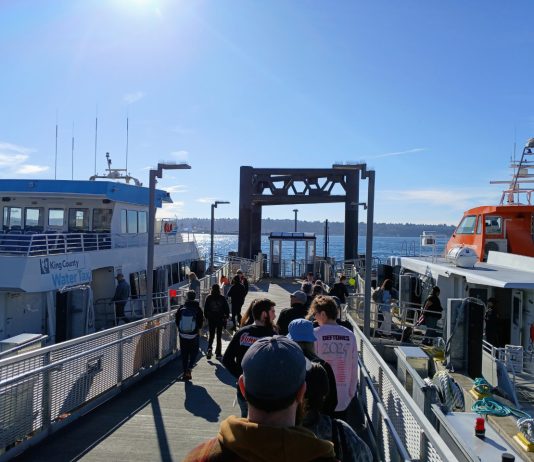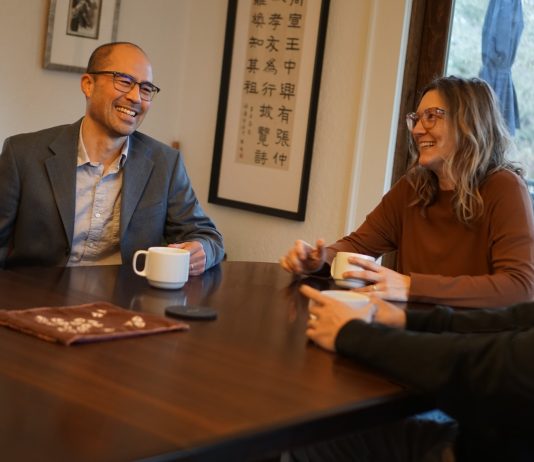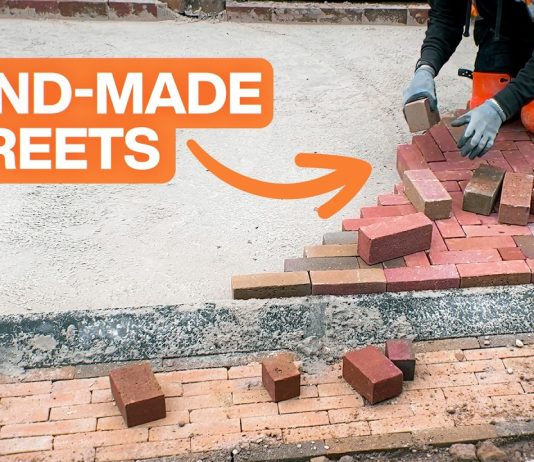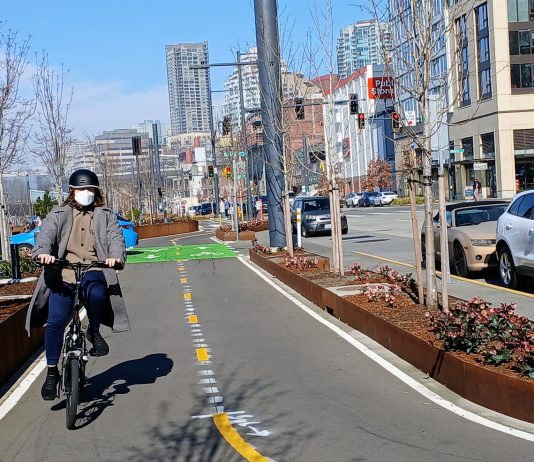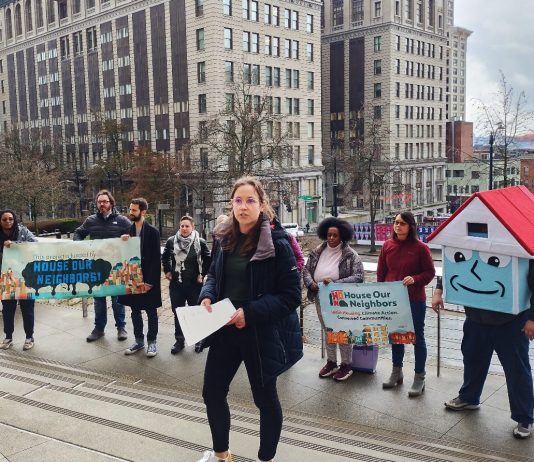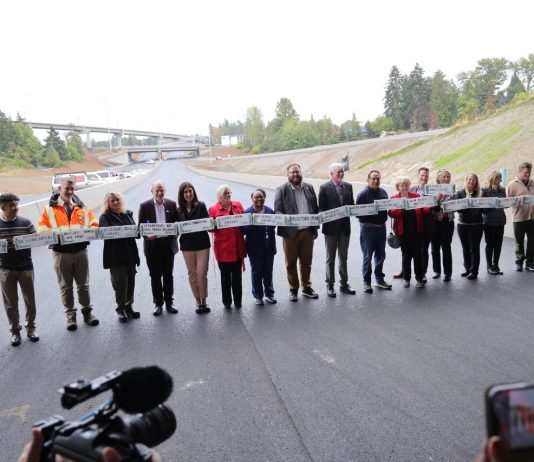For the last 30 years, Seattle has adopted an urban village approach to growth that has reserved 75% of the city for single-family zoning while concentrating growth into walkable urban centers. This has created de-facto housing segregation, where many people with disabilities can reside only in the minority of neighborhoods classified as urban centers, which are made expensive by their rareness.
House Bill 1923, approved by an 87-8 vote by the Washington House of Representatives, would allow more local governments to set up passenger ferry districts to serve riders. It heads to the state Senate.
Eddie Lin is running for Seattle City Council in District 2 and highlighting the issue of housing. Check out our interview with Lin to see what he's all about.
Not only are the Netherlands' brick streets more aesthetically pleasing than typical American streets, the modern klinkers (bricks) that make up most Dutch streets are just more practical. Jason Slaughter of Not Just Bikes dives into how brick streets are designed and installed, and what makes them better.
Op-Ed: Ann Davison and the Republican Politics of Suing Donald Trump
Nathan Rouse (Guest Contributor) -
Nathan Rouse makes the case that political expediency, not protecting Seattle’s most vulnerable residents, is the likeliest explanation for Seattle City Attorney Ann Davison's decision to join the lawsuit against Trump budget cuts. Davison is running for reelection and trying to hide her strong Republican ties.
The 1.2-mile bike lane restores a connection along the central waterfront that hasn't existed in years, and is sure to turn into one of the city's most highly-used bike facilities.
House Our Neighbors led a campaign that overcame a flood of corporate cash against them. Here's how they did it, and what comes next to grow social housing in Seattle and ignite a broader movement.
In choosing how to fill a $1 billion budget hole over the next two years, Washington State lawmakers are being forced to take a hard look at deferring or even cancelling some long-planned highway capacity projects.


